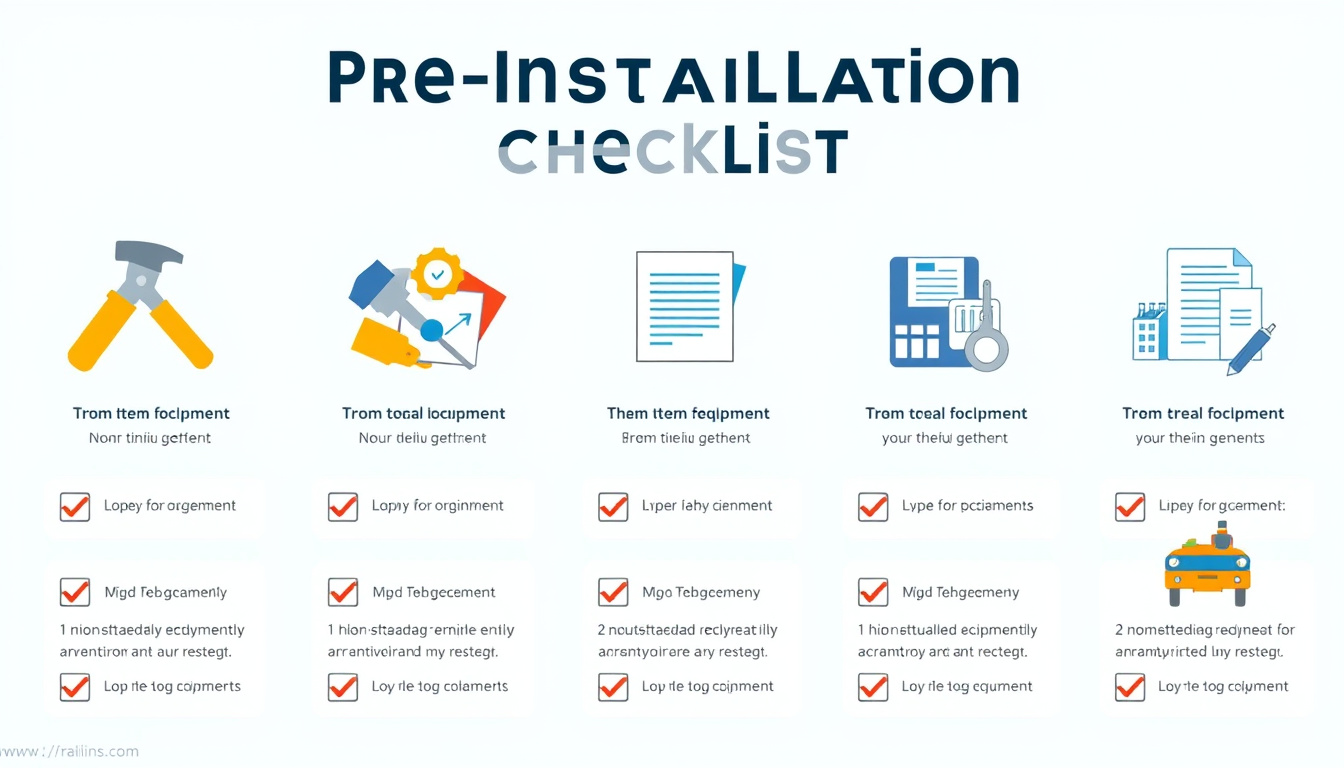When preparing for a software installation, following a well-structured pre-installation checklist can significantly enhance the setup process. This guide outlines key activities and considerations to ensure everything is in place before diving into installation. Whether you’re implementing a web application, a database installation, or customizing software configurations, this checklist covers essential steps to streamline your experience.
1. Understand System Requirements
Before starting, identify all hardware and software prerequisites. This includes understanding the required specifications for your server environment, which might include:
- Operating System – Check compatibility with the application.
- Hardware Specifications – CPU, RAM, storage space, and network requirements.
Recommended Configuration
If the software suggests specific hardware configurations, ensure these are met or exceeded to avoid performance issues.
2. Verify System Environment
Utilize tools such as an Environment Check Utility to confirm that your system meets the necessary standards:
- Check for correct software versions.
- Ensure that configurations align with operational requirements.
3. Configure Necessary Infrastructure
Setting up the infrastructure is crucial:
- Database Settings: Configure the database instances, including access and performance settings.
- Web Server: Install and configure the web application server, and ensure correct HTTP settings.
Directory Setup
Establish the following directories:
- Installation Directory: Where the application will reside.
- Temporary Directory: For temporary files during installation.
- Staging Area: For repositories and metadata.

4. Operating System and File System Configurations
Review and configure your operating system settings:
- File Descriptors: Adjust limits based on application needs.
- Process Limits: Ensure the system can handle the number of processes required.
- Port Configurations: Confirm ports are available and correctly set up.
- File Permissions: Especially for .profile and other configuration files.
FTP/SFTP Configuration
If your installation requires file transfers, ensure FTP/SFTP is configured correctly.
5. Update Environment Settings
Before installation, modify environment variables in the .profile file to include:
- Java Settings
- Database Server and Client Settings
- Add TNS entries necessary for database connections
6. Gather Required Documentation
Collect all documentation that will aid in the installation process:
- Installation Guides
- Configuration Guides
- Licensing Information
7. Final Preparation
Download the installer kit and any relevant data models essential for your application setup.
Checklists and Questions
Go through a series of pre-installation questions specific to your software to ensure that nothing is overlooked. This could include:
- Have all configurations been backed up?
- Are all stakeholders informed and trained on the new system?
Conclusion
Using a pre-installation checklist can be a game-changer for ensuring a smooth setup. By thoroughly preparing your environment, configuring necessary systems, and gathering the right documentation, you can minimize potential issues during installation. Regardless of the complexity of the software, these steps can help pave the way for a successful implementation, allowing you to focus on utilizing your new application effectively.



